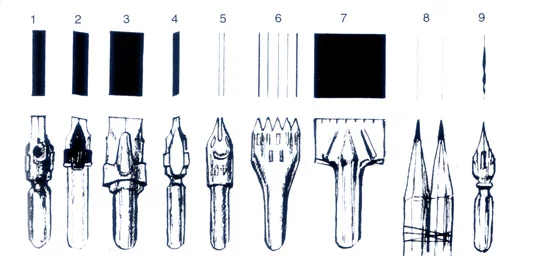Wikimedia Commons
“How do you know you have a personal story that’s interesting to other people?”
This question popped up at a LitFest panel I attended in Edmonton last month, and then in a conversation at a family dinner. The panelists’ answers and my own were vague and unsatisfying.
When I’m writing a personal story, I try not to think too much about who will be interested in reading it until after I have put the experience on the page. Still, the question lurks. How do you know?
Lately, I’ve been unable to resist reading the remarks of contest judges. If I wrote my personal story according to who likes what and why, could I be more sure of making it interesting?
My unscientific sampling of jurors turned up as many personal preferences. One judge admired “discipline and restraint” and the “notable (and refreshing) absence of simile and metaphor.” One was partial to “trustworthiness,” another “ambivalence.” Another favoured innovation over “straight-line narrative,” and still another preferred “writers who aren't trying to be too cute with structure.”
Perhaps these are all facets of the winning qualities of a personal nonfiction narrative but mostly they remind me that a reader’s response to a story has a lot to do with taste. In that case, the answer to the million-dollar question is to stay in the game, put rejection in perspective, and keep sending work out.
On the excellent Essay Daily blog, the editor Stephanie G’Schwind offers another possibility.
“It’s one thing to have an interesting story, or perhaps we should say experience. But that’s not the same thing as having an interesting essay.” Sometimes, amazing experiences “don’t translate into very interesting essays.”
G’Schwind considers a few of the personal essays she has published in Colorado Review, and how the writers transform the particular into the universal. (Her thoughts on parallel narrative – the story on the ground, and the story in the sky – are a must-read.)
Over at Write Nonfiction Now, Dinty Moore suggests intention is critical. He quotes Richard Hoffman: “If you want to be a writer, at some point your allegiance must shift from experience – what is important to you, what happened to you, what you saw – to artifact – what you make of it.”
Moore says writers of memoir aren’t recording machines: “We are artists.”
And, making art is something a person can learn how to do.
I can’t help but think of Alistair MacLeod and his advice: “Write about what worries you.” If you craft a personal story about that idea or memory or experience that wormed its way into your head, it will almost certainly resonate with someone else, too.



